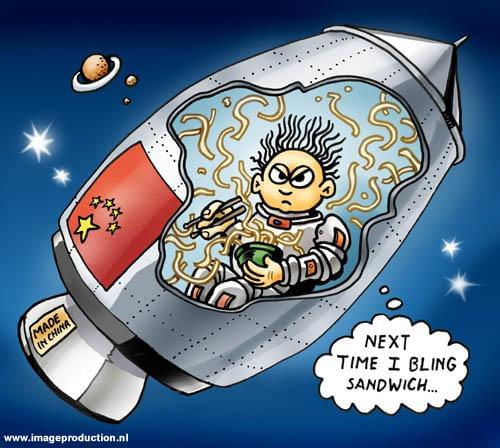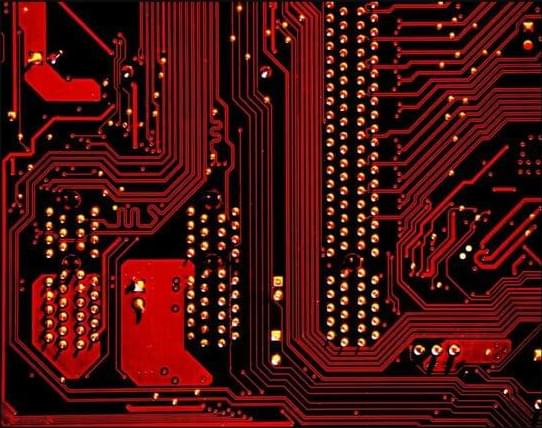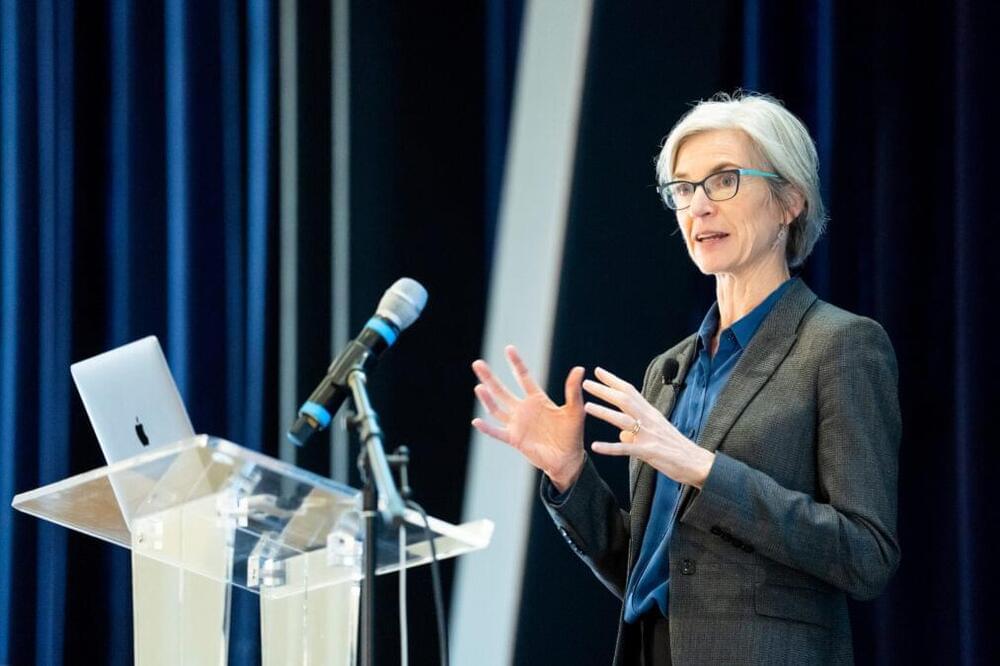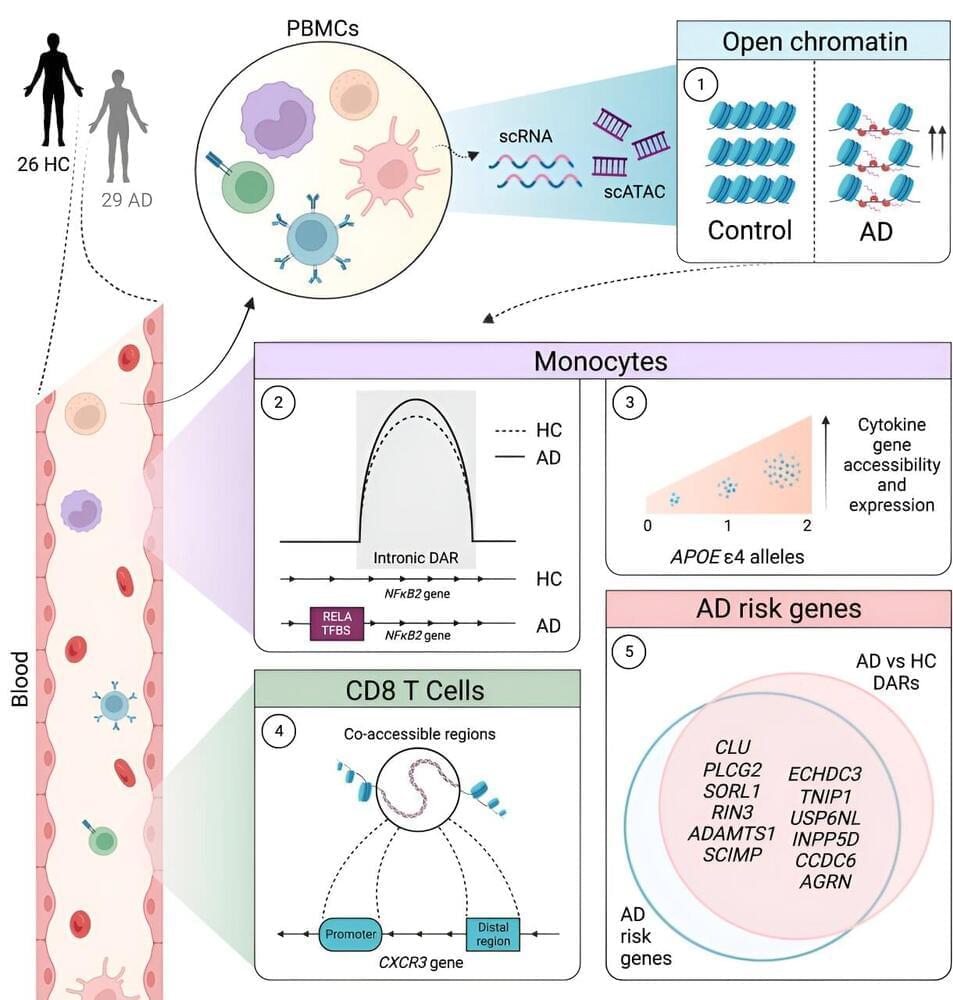The ‘active predators’ prowled the oceans more than 325 million years ago, before the time of Pangea.




A magnitude 5.7 earthquake struck the world’s largest active volcano on Friday — Mauna Loa on the Big Island of Hawaii — knocking items off shelves and cutting power in a nearby town but not immediately prompting reports of serious damage.
The earthquake, which didn’t cause a tsunami and which the U.S. Geological Survey initially reported as magnitude 6.3, was centered on Mauna Loa’s southern flank at a depth of 23 miles, 1.3 miles southwest of Pahala.

By illustrator, tagged space, comic, cartoon, character, china, chinese, guy, noodles, problem, rocket, nudeln, rakete„ raumschiff, rakete, raumshuttle, astronaut, china, sprache, kultur, raumfahrt, weltall, weltraum, universum, akzent, nudeln, kultur, chinapfanne, essen, nahrung, lebensmittel, schwerkraft, schwerelos, sandwich — Category Education & Tech — rated 3.50 / 5.



Nobel laureate details new applications at Kuh Distinguished Lecture.
Jennifer Doudna, Nobel laureate and Li Ka Shing Chancellor’s Chair and Professor in the Departments of Chemistry and of Molecular and Cell Biology, presented this year’s Ernest S. Kuh Distinguished Lecture, “Delivering the Future of CRISPR-Based Genome Editing,” on February 2 at UC Berkeley. The sold-out event — produced by Berkeley Engineering in collaboration with the Society of Women Engineers — marks the 11th talk in the lecture series, which features scientists and engineers tackling the world’s most pressing problems.
Doudna is known for developing CRISPR-Cas9, a groundbreaking technology that some call “genetic scissors.” With it, scientists can snip and edit DNA — the genetic code of life — unlocking remarkable possibilities in biology, including treatments for thousands of intractable diseases. This work has changed the course of genomics research, allowing scientists to rewrite DNA with unprecedented precision, and won Doudna and collaborator Emmanuelle Charpentier the 2020 Nobel Prize in Chemistry.

Nuclear physicists have discovered gravity’s profound influence on the quantum scale, revealing the strong force’s distribution within protons for the first time. This groundbreaking research, combining historical theoretical insights with modern experimental data, offers unprecedented understanding of the proton’s internal dynamics and sets the stage for future discoveries in nuclear science.
Gravity’s influence is unmistakably evident throughout the observable universe. Its effects are observed in the synchronized orbits of moons around planets, in comets that deviate from their paths due to the gravitational pull of large stars, and in the majestic spirals of enormous galaxies. These magnificent phenomena highlight the role of gravity on the grandest scales of matter. Meanwhile, nuclear physicists are uncovering the significant contributions of gravity at the very smallest scales of matter.
New research conducted by nuclear physicists at the U.S. Department of Energy’s Thomas Jefferson National Accelerator Facility is using a method that connects theories of gravitation to interactions among the smallest particles of matter to reveal new details at this smaller scale. The research has now revealed, for the first time, a snapshot of the distribution of the strong force inside the proton. This snapshot details the shear stress the force may exert on the quark particles that make up the proton. The result was recently published in Reviews of Modern Physics.

The Computer Science and Artificial Intelligence Laboratory (CSAIL) at MIT has developed a new way for LLMs to explain the behavior of other AI systems.
The method is called Automated Interpretability Agents (AIAs), pre-trained language models that provide intuitive explanations for computations in trained networks.
AIAs are designed to mimic the experimental process of a scientist designing and running tests on other computer networks.

A new Northwestern Medicine study has found the immune system in the blood of Alzheimer’s patients is epigenetically altered. That means the patients’ behavior or environment has caused changes that affect the way their genes work.
Many of these altered immune genes are the same ones that increase an individual’s risk for Alzheimer’s. Northwestern scientists theorize the cause could be a previous viral infection, environmental pollutants or other lifestyle factors and behaviors.
“It is possible that these findings implicate the peripheral immune response in Alzheimer’s disease risk,” said lead investigator David Gate, assistant professor of neurology at Northwestern University Feinberg School of Medicine. “We haven’t yet untangled whether these changes are reflective of brain pathology or whether they precipitate the disease.”